Welcome back, chess aficionados! We’re diving into an intriguing new opening that’s making waves in the chess community: the Alien Gambit. This fresh strategy turns the tables on Caro-Kann players and can lead to some pretty exciting complications early in the game.
The dance begins with the classic 1.e4. In response, Black sets the stage for the Caro-Kann, steering the pawn to c6. The plan? To challenge White’s central dominance with …d5. White, however, is undeterred and solidifies their grasp on the center with d4.
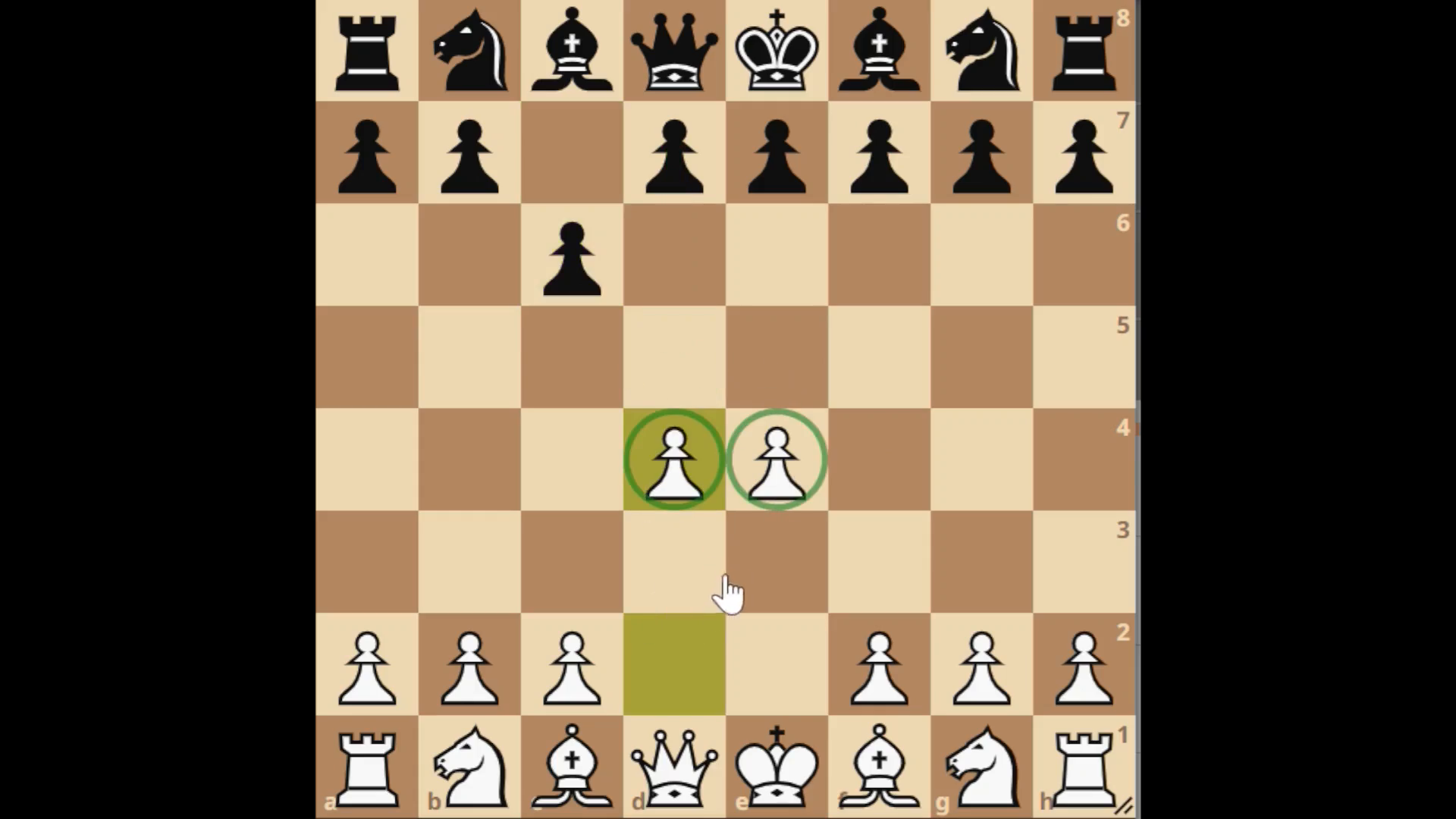
This is where the plot thickens—after 1…d5, White has a slew of knight maneuvers at their disposal—Nc3 or Nd2—aimed at safeguarding the e4 outpost.

Things get truly interesting after Black captures on e4. The White knight coolly recaptures, setting the stage for a pivotal moment in this cosmic clash. In this universally familiar position, Black typically develops the knight to f6.
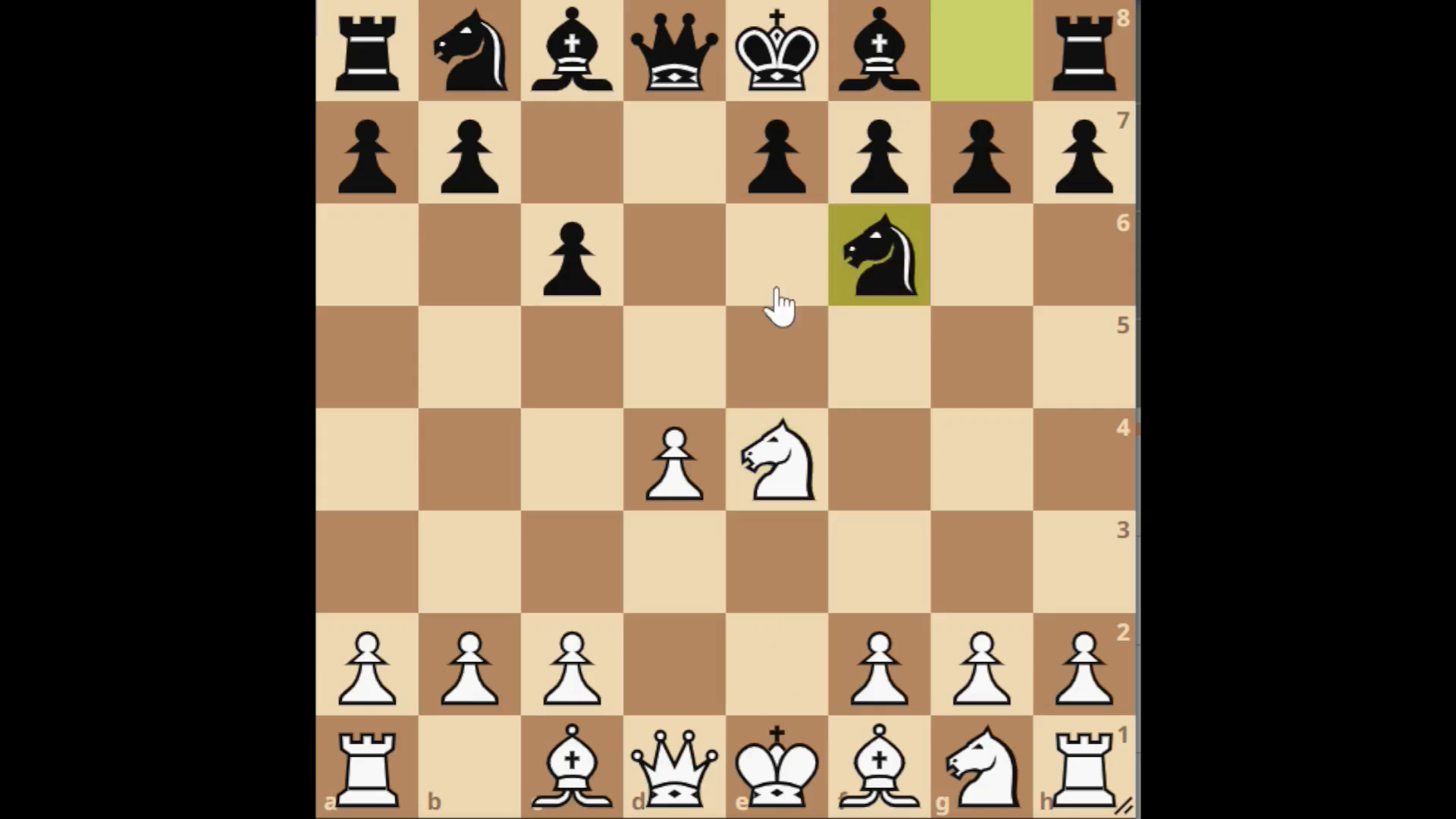
Black could opt for 2…Bf5, but let’s not veer off course. Although Nf6 invites Ng5, the Alien Gambit’s true trap springs only after Black parries with…h6.
Technically, h6 isn’t a blunder—it’s a logical move to kick the aggressive knight. But chess is often a game of nuances, and seemingly harmless moves can propel you down a rabbit hole.

The gambit’s moment of truth comes with Nxf7! This is where White throws the gauntlet, offering a knight to lure Black’s king out of hiding. Black has to bite; otherwise, they lose even more material. King takes, and we’re off to the races.
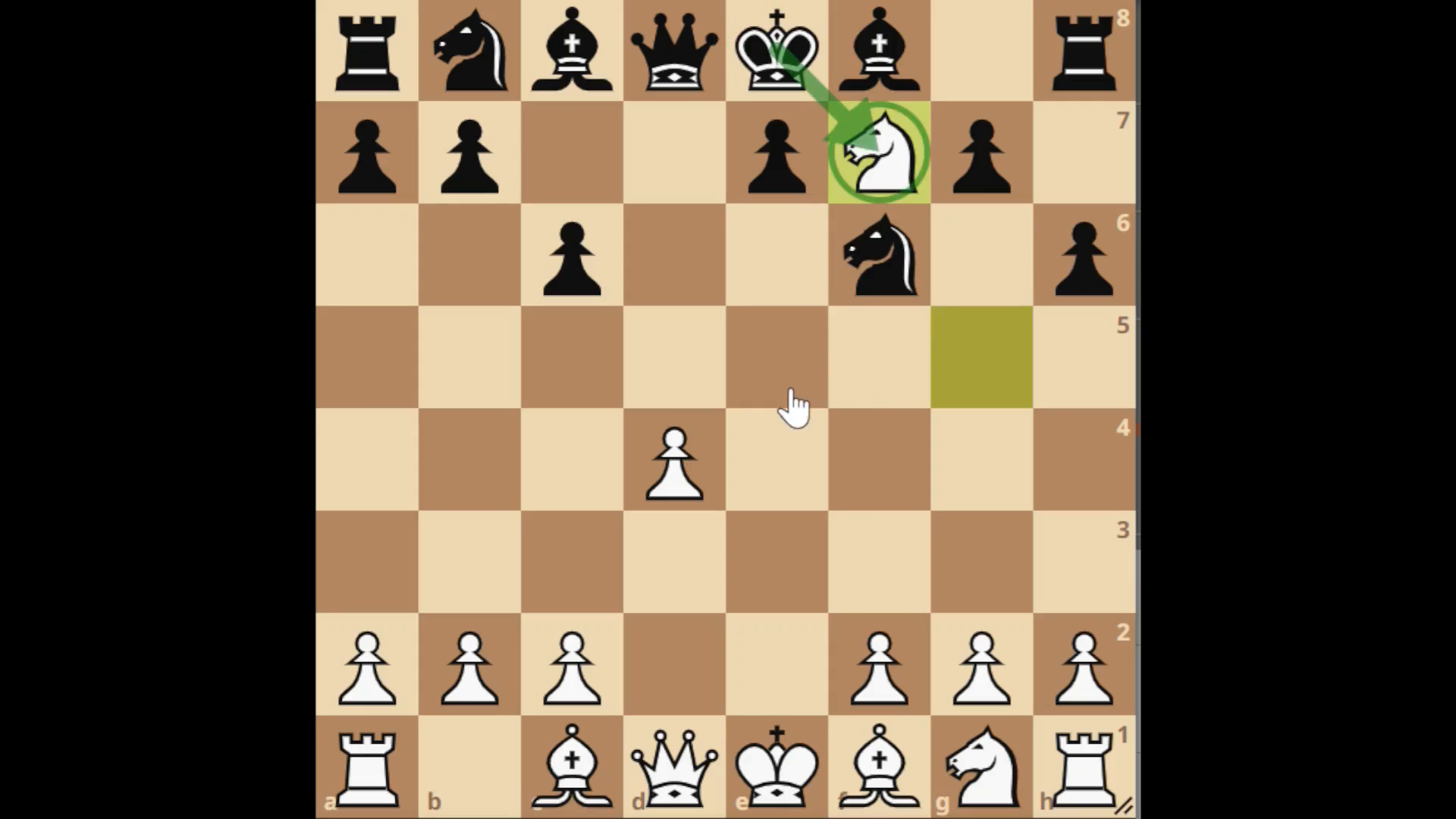
White needs finesse after Kxf7, not blundering a tempo with Bishop checks but rather developing with Nf3. The subtlety here is key—White preserves attacking flexibility, perhaps eyeing Ne5+ to draw the Black king further out before considering Bc4.
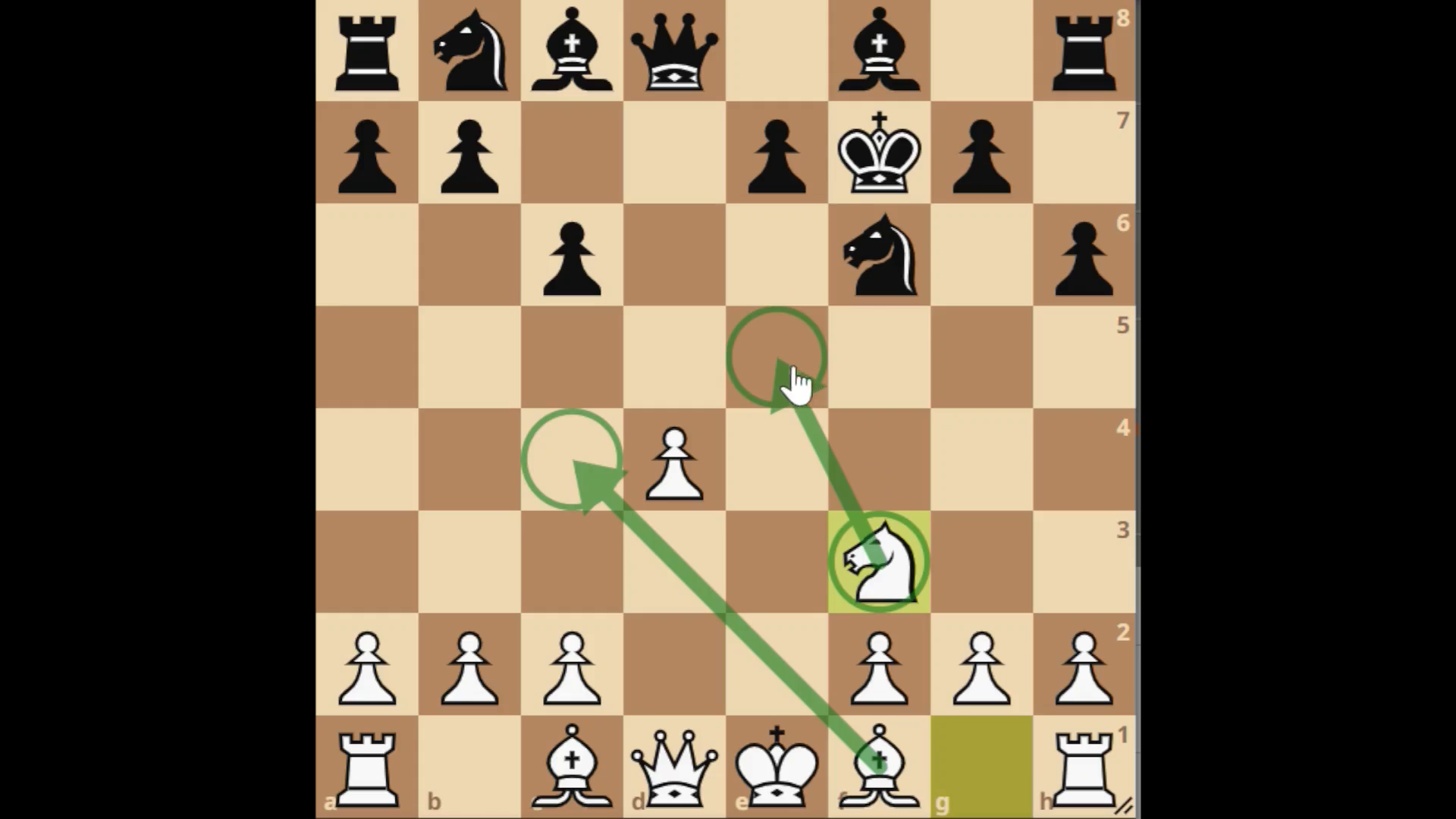
Blockquote: “Reserve your forces until the moment is ripe, for the art of war lies in the economy of strength.”
With the Alien Gambit, Black faces a branching point, a minefield of sorts. 41% of players slip into the tempting abyss of …Bg4—fatal with the Black king stranded on f7. Ne5+ is a fork that doesn’t mind the pin; it’s White who will be up in material with a beleaguered Black monarch at the board’s heart.

But what if Black avoids …Bg4’s siren call? They could try …Bf5—a better choice but not without danger. Following Ne5+ and Black’s Kg8, White aims at e6. The key move, g4, dislodges the bishop from f5, paving the way for Bxe6+. From there, the floodgates open to a devastating White attack.
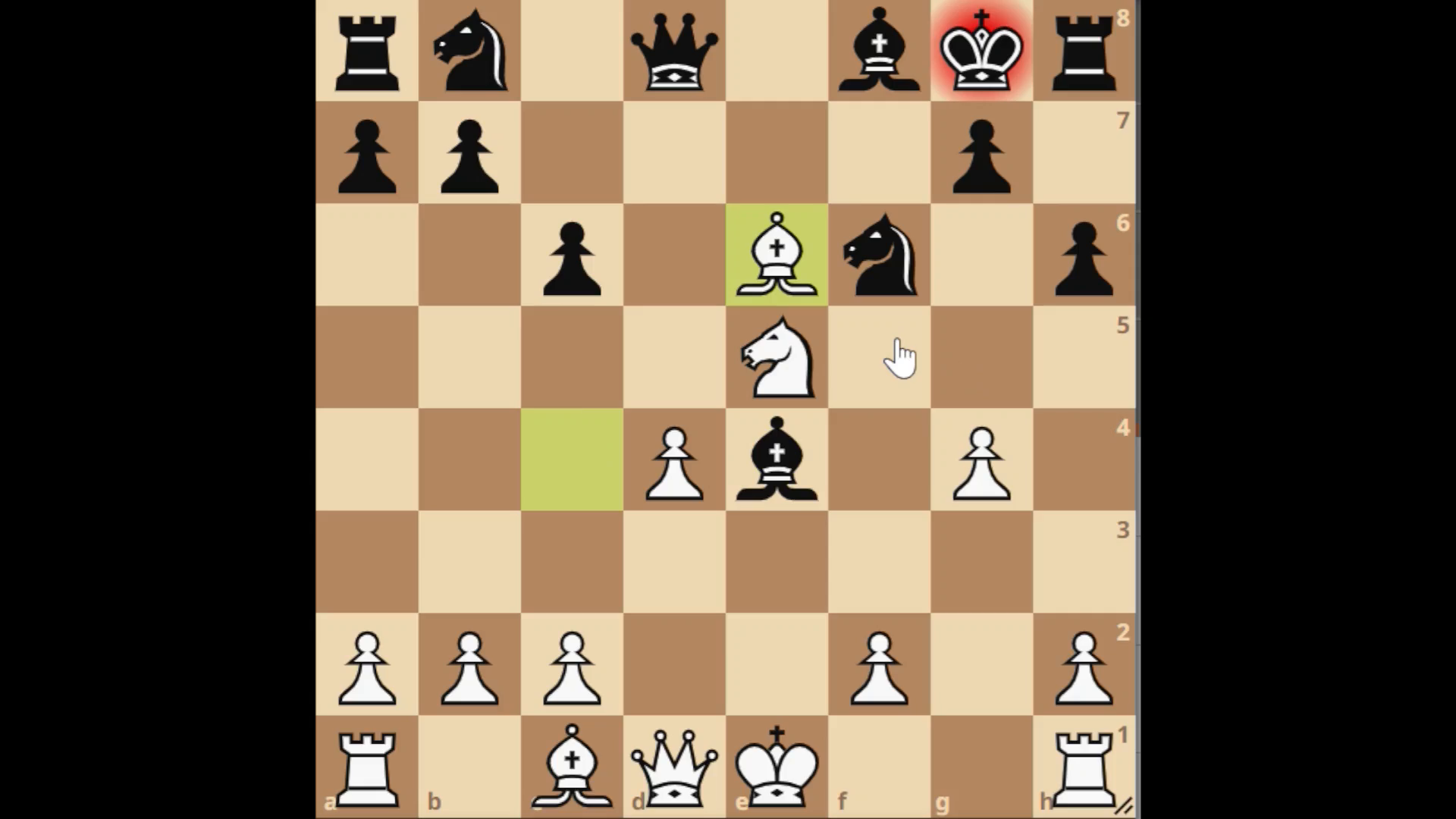
Multiple scenarios unfold from here, with White often maintaining the offensive. As Black, you might ward off the immediate threats, but White’s initiative lingers like the sword of Damocles.
But wait! There’s a beacon of hope for Black players against this alien onslaught: c5. Don’t shrink back; instead, welcome the queen exchange to soothe your beleaguered king. Knight development via Nc6 can bolster your defense while nudging closer to an endgame where your material advantage could tell the final tale.
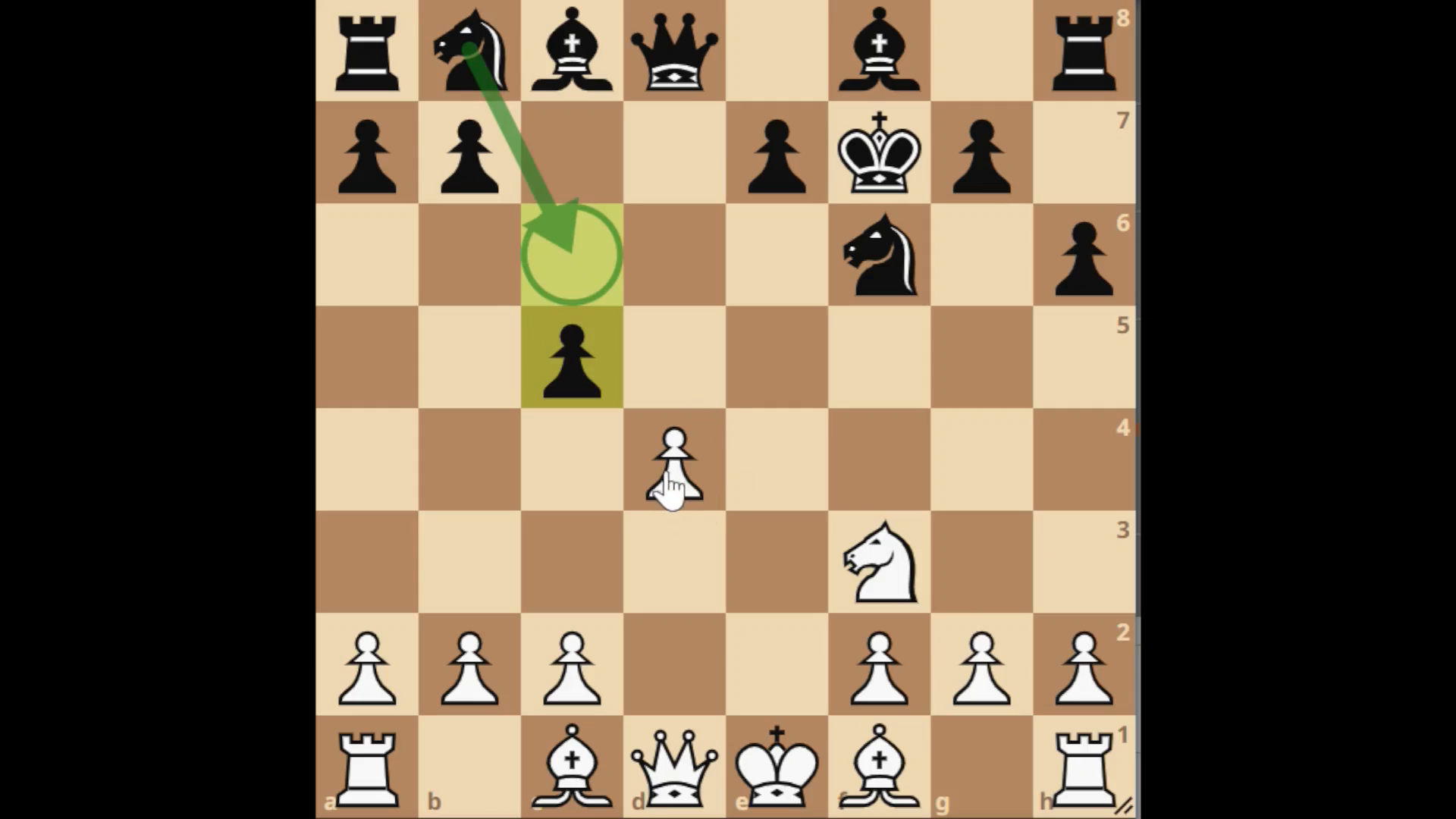
The Alien Gambit is a roller coaster—buckle up for wild rides and sharp turns. For Black, the path to safety is narrow but navigable; the c5 rebuttal and king maneuvering can tip the balance back. Trading down simplifies and secures—embrace it.
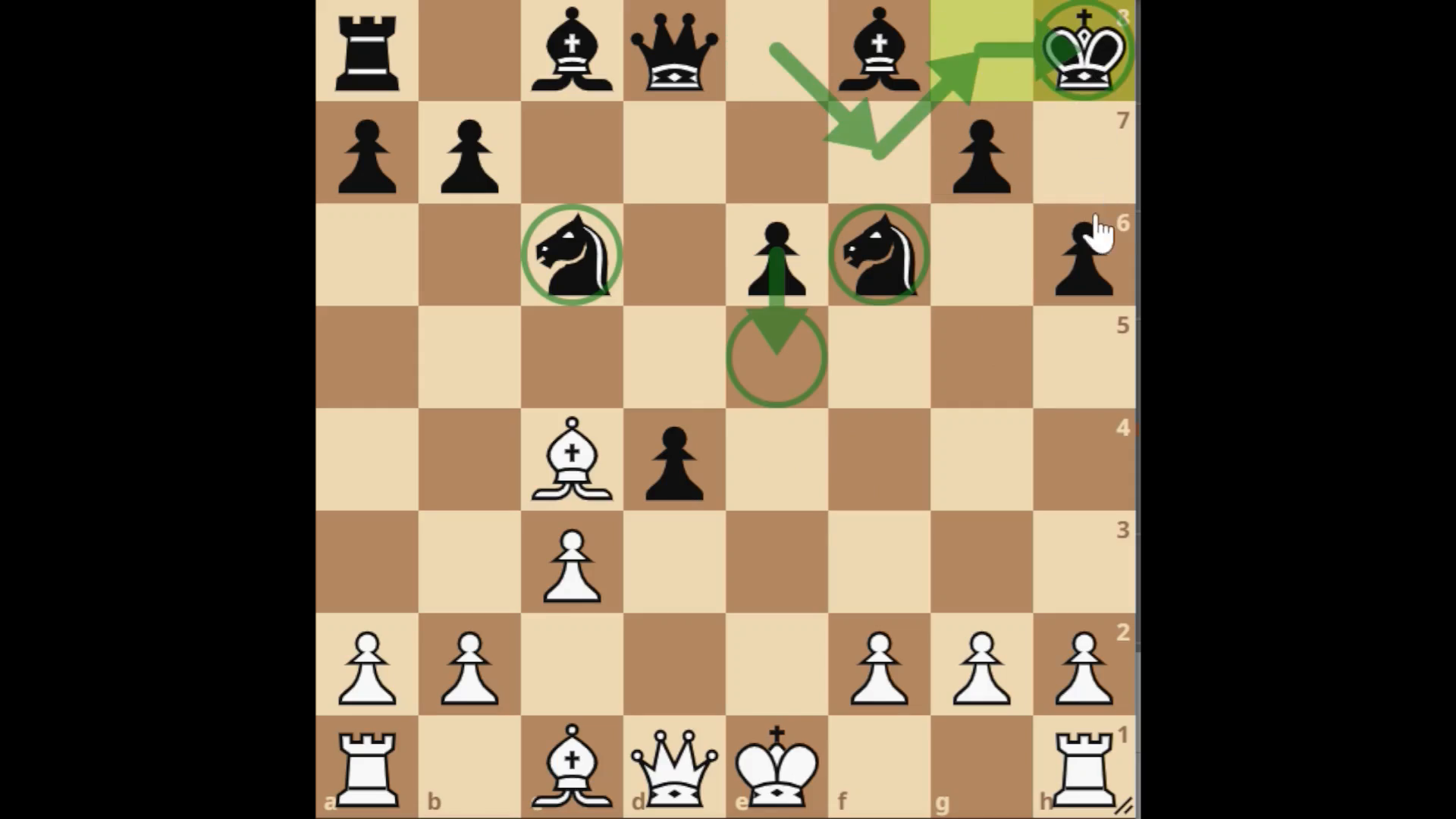
So there you have it, fellow chess enthusiasts—the Alien Gambit, dissected and demystified. Forge ahead and brave these uncharted territories, and if you have queries or tales from your own chess odyssey, drop them in the comments.
Adieu, and may your strategic forays be out of this world!